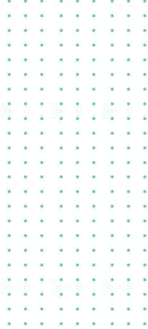
TURP
Transurethral Resection of the Prostate (TURP) is a surgical procedure used to treat urinary problems due to an enlarged prostate, a condition known as benign prostatic hyperplasia (BPH). TURP involves removing part of the prostate gland through the urethra. Here’s a detailed overview of TURP:
TURP is typically indicated for:
- Significant urinary symptoms due to BPH, such as difficulty urinating, weak urine flow, frequent urination, and inability to empty the bladder completely.
- Recurrent urinary tract infections due to BPH.
- Bladder stones caused by urinary retention.
- Blood in the urine (hematuria) due to an enlarged prostate.
- Kidney damage caused by urinary retention.
Risks and Complications
- Bleeding: Blood in the urine is common after TURP but usually decreases over time.
- Infection: Risk of urinary tract infection or infection at the surgical site.
- Retrograde Ejaculation: Semen enters the bladder instead of exiting through the urethra during ejaculation, which is harmless but can affect fertility.
- Urinary Incontinence: Temporary or, rarely, permanent urinary incontinence.
- Urethral Stricture: Narrowing of the urethra due to scar tissue formation.
- Erectile Dysfunction: Though uncommon, there is a risk of erectile dysfunction.
Advantages
- Effective Symptom Relief: Significant improvement in urinary symptoms and flow.
- Minimally Invasive: No external incisions, leading to faster recovery and less post-operative pain.
- Short Hospital Stay: Typically requires a shorter hospital stay compared to open surgery.
Disadvantages
- Possible Complications: As with any surgery, there are risks of complications such as bleeding, infection, and urinary issues.
- Retrograde Ejaculation: Common side effect which can affect quality of life.
- Repeat Procedures: In some cases, additional procedures may be needed if symptoms recur.


